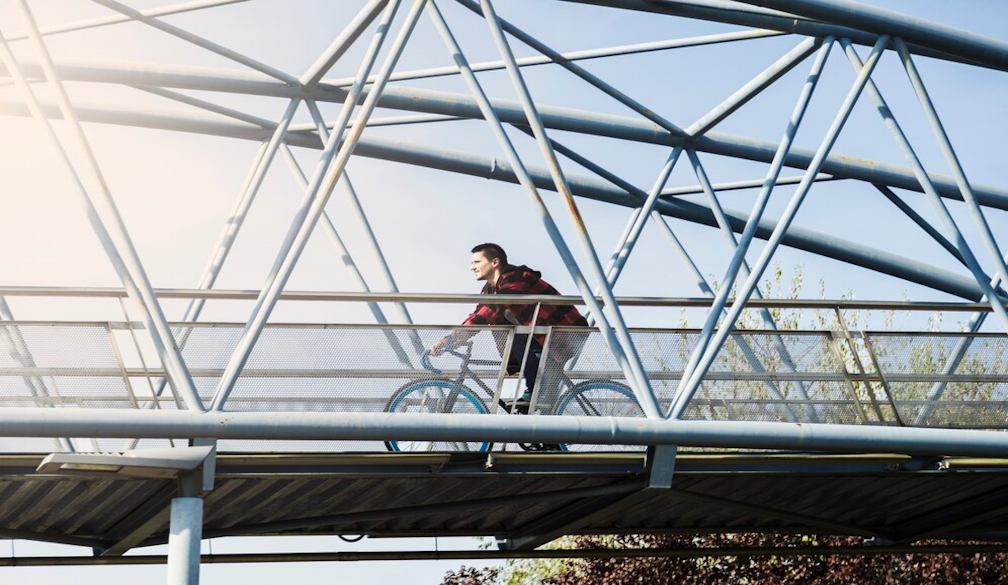The Environmental Advantages of Using Steel Sheds

Steel sheds have emerged as eco-friendly alternatives to traditional building materials due to their sustainable properties, energy efficiency, and recyclability. As businesses and homeowners increasingly prioritise environmental responsibility, the adoption of steel sheds offers numerous environmental advantages. Here’s an in-depth exploration of why steel sheds are considered environmentally beneficial.
1. Sustainable Material Choice
Resource Efficiency: Steel is a highly resource-efficient material, as it can be produced from recycled steel scrap and retains its strength and durability through multiple recycling cycles.
Reduced Resource Consumption: Compared to traditional building materials like wood or concrete, steel production consumes fewer natural resources such as timber or aggregate.
Minimised Waste: The manufacturing process of steel sheds generates minimal waste due to precise cutting and fabrication techniques, reducing landfill contributions.
2. Energy Efficiency
Insulation Properties: Steel sheds can be designed with enhanced insulation capabilities, reducing the need for additional heating or cooling systems and lowering energy consumption.
Reflective Coatings: Reflective coatings applied to steel roofs and walls can minimise heat absorption, maintaining cooler indoor temperatures during hot weather and reducing air conditioning needs.
Daylighting: Steel shed designs often incorporate natural daylighting strategies, optimising natural light penetration and reducing reliance on artificial lighting sources.
3. Durability and Longevity
Structural Integrity: Steel is renowned for its strength, durability, and resistance to environmental factors such as wind, moisture, and pests, resulting in a longer lifespan compared to other materials.
Minimal Maintenance: Steel sheds require minimal maintenance over their lifespan, reducing the need for frequent repairs, replacements, and associated environmental impacts.
Resilience to Elements: Steel sheds withstand harsh weather conditions, including storms and seismic events, without compromising structural integrity or performance.
4. Recyclability and Reusability
End-of-Life Recycling: At the end of their useful life, steel sheds are 100% recyclable, with steel components and materials being easily recovered and reused in new applications.
Circular Economy: Steel's recyclability promotes a circular economy model, where materials are continually reused, reducing the demand for virgin resources and lowering carbon emissions.
Environmental Footprint: Recycling steel significantly reduces greenhouse gas emissions, energy consumption, and waste generation compared to manufacturing new steel from raw materials.
5. Design Versatility and Adaptability
Design Flexibility: Steel sheds offer design versatility, allowing for customisable shapes, sizes, and configurations that optimise space utilisation and meet specific functional requirements.
Modularity: Prefabricated steel shed components facilitate quick assembly and disassembly, enabling easy relocation or modification to accommodate changing needs or site conditions.
Expansion Capabilities: Businesses can expand existing steel shed structures more easily than traditional buildings, reducing the environmental impact associated with new construction.
6. Environmental Certification and Standards
Green Building Certifications: Steel sheds can contribute to achieving green building certifications such as LEED (Leadership in Energy and Environmental Design) due to their sustainable attributes.
Regulatory Compliance: Steel manufacturing processes adhere to stringent environmental regulations, ensuring responsible resource use, emissions control, and waste management.
Industry Innovation: Ongoing research and development in steel manufacturing aim to further improve environmental performance, including energy efficiency and material sustainability.
Conclusion
Steel sheds offer compelling environmental advantages, combining sustainability, energy efficiency, durability, and recyclability. As businesses and individuals seek eco-friendly building solutions, steel emerges as a preferred choice for its minimal environmental impact throughout its lifecycle—from production and installation to maintenance and end-of-life recycling. By choosing steel sheds, stakeholders contribute to resource conservation, energy savings, and carbon footprint reduction, aligning with global efforts to promote environmental stewardship and sustainable development. Embrace the environmental benefits of steel sheds to create resilient, efficient, and environmentally responsible building solutions for a greener future.





